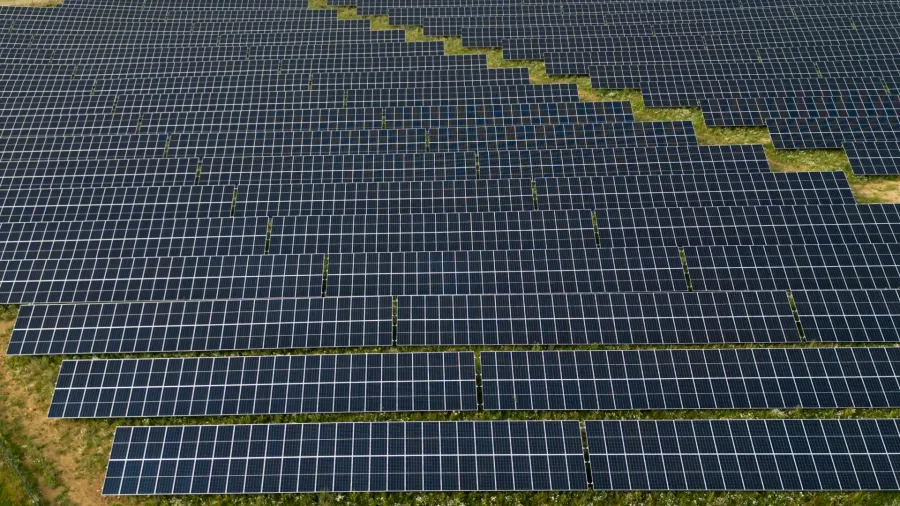
COP 29 needs clear roadmap to encourage more bank lending for RE
Diverting capital to clean energy will bridge the $400b investment gap from 2024 to 2030.
Global leaders gathering for the 29th Conference of Parties must make decisive actions to guide policy development and stimulate bank financing for renewable energy projects, according to a new briefing note by the Institute for Energy Economics and Financial Analysis (IEEFA).
The think tank said reorienting capital from the fossil fuel sector to renewable energy can bridge the International Energy Agency’s projected annual investment gap of $400b from 2024 to 2030.
“With only six years remaining, the 2030 goal for renewable energy seems a stretch too far, but enhanced cooperation between developed and developing countries and conducive local policies may bridge the gap,” said the note’s co-author Vibhuti Garg, director – South Asia, IEEFA.
IEEFA’s analysis showed that global investment in renewable energy has been growing, from $329b to $424b in 2019 to $570b to $735b in 2023. However, the average annual investment to attain the goal of tripling renewable energy will require between $1t and $1.5t from 2024 through 2030, showing a gap of around $400b annually.
Meanwhile, bank credit flows to the fossil fuel sector are declining, but were still at $967b in 2022, whilst low-carbon development projects, including renewable energy, received $708b in the same year, said the note’s co-author, Shafiqul Alam, lead analyst – Bangladesh Energy, IEEFA.
“By reorienting more capital to the renewable energy sector, banks can bridge the projected investment gap,” said Alam.
IEEFA suggests ways to push banks to change, like prioritising lending for renewable energy, offering banks credit enhancement support, integrating climate change into banks’ policies, interoperability of green taxonomies, making financed emissions disclosures mandatory and monetary policy tools.
Labanya Prakash Jena, consultant – Sustainable Finance at IEEFA and also a co-author of the note, said governments can also create partial credit risk guarantee instruments to reduce credit risk.
“Multilateral Development Banks (MDBs) and bilateral financial institutions, with support from local governments, can provide risky and concessional capital to local banks and help create partial risk guarantee instruments,” Jena said.
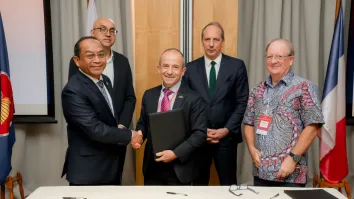







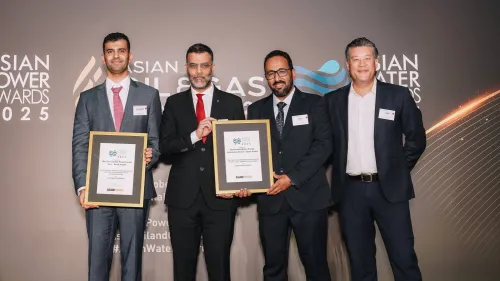
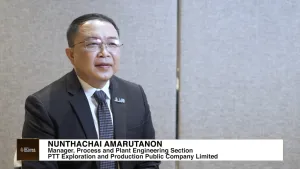
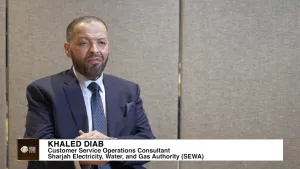



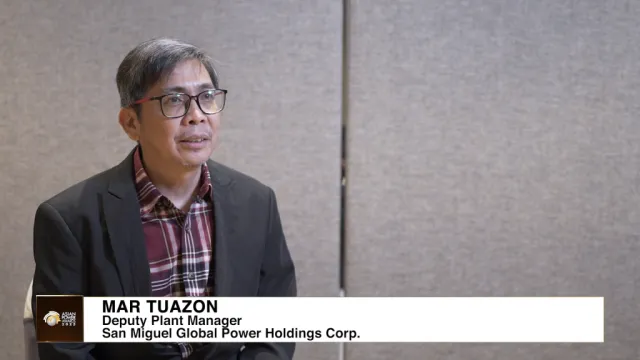
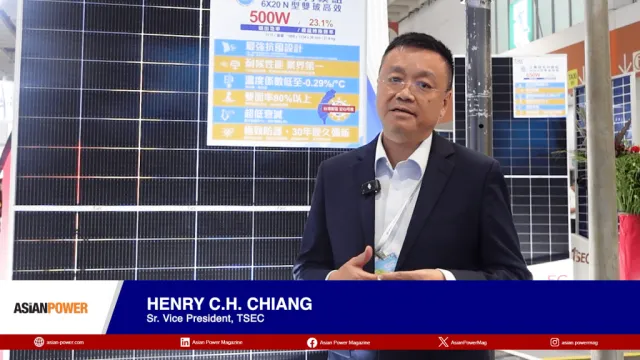

 Advertise
Advertise







